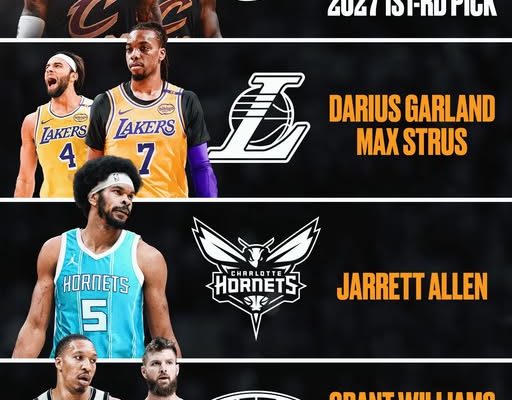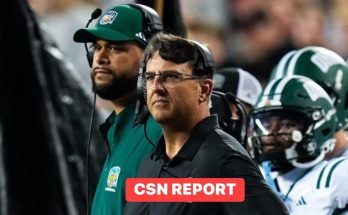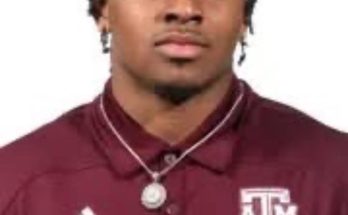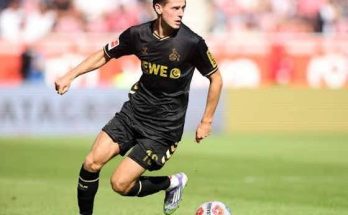This diabolical four-team trade proposal, as outlined by Greg Swartz of Bleacher Report, dares to reimagine the landscape of the NBA in ways that would both terrify and thrill fans across the league. At its heart is a fantastical twist of fate that sends LeBron James and his son Bronny James back to where it all started: Cleveland. It’s a storybook ending being authored in the speculative realm of trade possibilities, but the ripple effects of this imagined deal touch nearly every corner of the league. LeBron, a basketball immortal, returning to the Cavaliers not just as a grizzled veteran but also as a father ready to share the hardwood with his son, is the kind of narrative arc that almost feels scripted by Hollywood. But in the cutthroat business of basketball, such a move could only happen through massive structural change—and Swartz’s proposal attempts to do just that.
In this theoretical four-team swap, the Cleveland Cavaliers, Los Angeles Lakers, Charlotte Hornets, and an unnamed fourth team all exchange key players, draft assets, and long-term leverage in a trade engineered around one main storyline: LeBron James finishing his career where it began, with Bronny in tow. Greg Swartz’s idea hinges on perfect timing, willing partners, and a collective sense of showmanship from franchises that often prioritize cold logic over sentimental legacy-building. Yet, this proposal manages to do both—tug on the heartstrings and attempt to make basketball sense.
Cleveland becomes the epicenter of the deal, naturally. For the Cavaliers, bringing back LeBron would mean more than just a homecoming. It would signify closure. James already gave the Cavaliers their only championship in 2016, fulfilling his promise after a bitter departure to Miami years earlier. Now, returning with his son, Bronny James—drafted No. 55 by the Lakers in real life and currently under development—would ignite fanfare at levels rarely seen in the NBA. While Bronny is still unproven at the professional level, the sheer spectacle of a father-son duo wearing wine and gold would sell out every seat in Rocket Mortgage FieldHouse and bring national primetime coverage to every game.
But the cost of such a reunion would be considerable. According to the trade mechanics outlined by Swartz, Cleveland would have to give up cornerstone pieces, including defensive lynchpin Jarrett Allen. For years, Allen has anchored the Cavaliers’ interior defense, forming a formidable frontcourt partnership with Evan Mobley. However, in order to acquire both LeBron and Bronny, sacrifices must be made. In this scenario, Allen heads to the Charlotte Hornets—a team hungry for defensive identity and in desperate need of veteran stability.
For Charlotte, acquiring Jarrett Allen is not just a consolation prize. In fact, it’s a game-changing addition. Allen brings shot-blocking, rebounding, and a paint presence that would allow young star LaMelo Ball to operate more freely. The Hornets have long struggled with interior defense and consistency at the center position, often relying on rotational bigs without long-term promise. With Allen, the Hornets gain a reliable lob threat for LaMelo’s pick-and-roll game and a defensive anchor that can mask some of the team’s perimeter liabilities. While they would likely have to part with young assets or draft capital, the return in Allen would be tangible and immediate.
The Lakers’ side of the deal is the most complex. Trading away LeBron James—even at 40—is a seismic decision. It would mean officially closing the LeBron era in Los Angeles, which yielded a 2020 NBA championship but also frequent instability and roster turnover. From a purely basketball standpoint, the Lakers parting ways with LeBron and Bronny could be interpreted as a reboot—a chance to realign the franchise around Anthony Davis, pursue younger talent, and unburden themselves from the gravity that LeBron’s presence brings to any team. LeBron has maintained that he wants to play with his son before retiring. If the Lakers feel that wish no longer aligns with their timeline, granting it in a trade scenario could actually be viewed as a goodwill gesture, especially if it allows them to extract value in return.
That value could come in the form of draft compensation or young players from Cleveland and potentially the fourth mystery team involved in the deal. Given how salary matching and cap maneuvering work in today’s NBA, such a trade would likely require multiple small contracts to move in and out of each organization. The Lakers, no doubt, would want back at least one young player with upside, along with some flexibility in the form of draft picks or expiring deals.



